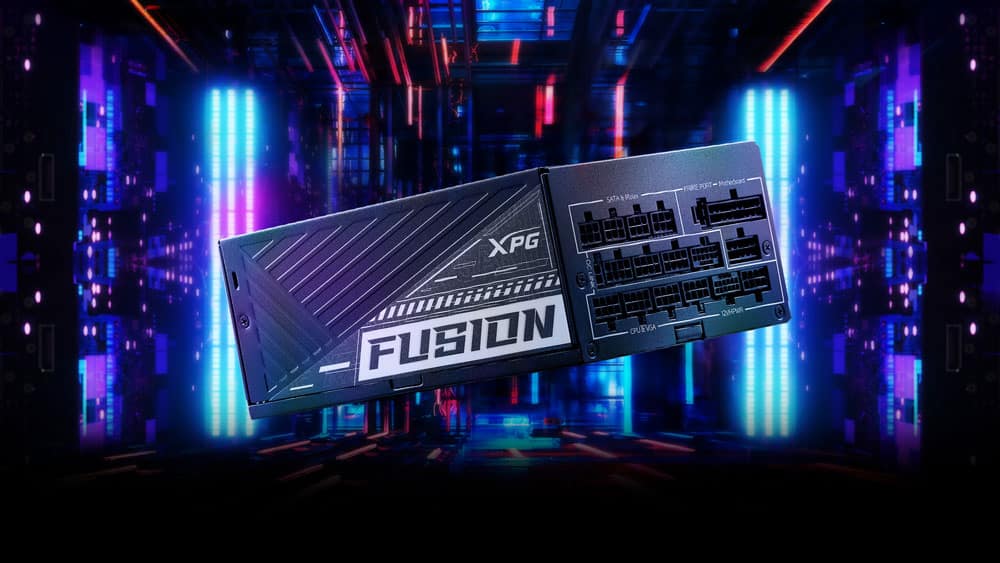Epilogue
XPG is trying hard to meet Corsair’s offerings in the PSU market. Given that Corsair has a long experience in this field, it will be challenging, but XPG has an outstanding team, and with EVGA out of the game, we need a second major player in this market. The Fusion 1600W is a good power supply, there is no doubt about that, but its price makes you want to scream. Its build quality justifies, to a degree at least, the high price and development cost for Delta, which has to be covered somehow. The major pain is that it cannot meet the AX1600i’s performance, and to make things even worse, it cannot even match the performance of the analog Seasonic TX/PX-1600. Currently, the price difference between the TX-1600 and the Fusion-1600 is 170 dollars, a notable amount given that Seasonic’s offering is not affordable. The digital circuits of XPG’s offering might not deliver higher performance, but the fact that you can adjust the fan speed profile and other PSU’s vital functions might appeal to some users. That said, the TX-1600 is dead silent, for its capacity, without requiring any adjustments from users, and this is highly desirable by most. You install it and forget about it, which is the best scenario for a PSU and, generally, for every PC component.
The XPG Fusion 1600 is a fine and expensive PSU, which can handle several RTX 4090s if you have the money to get them. If you don’t care about native 12+4 pin connectors and ATX v3.0 compatibility, which should be the case, you could pay less to get a Corsair AX1600i. Still, it is better to invest in something future-proof. 700 dollars for a PSU sound and are a lot, but from the moment an RTX 4090 costs more than double as much, and there are still people who buy these cards, there is a market for such expensive PSUs, which will outlast many GPU generations. I am tired of mentioning this, but I write it again, a good PSU is a good investment, given that you will use it for many years. This is why it needs to be as future-proof as possible.
To check all alternative PSU offerings, read my Best ATX v3.0 PSUs article before investing in a new power supply. You help me a lot by using my affiliate links, which don’t increase the product’s price. I get a commission from Amazon every time you do it, which can make a difference for me, especially now that I am on my own, working exclusively for my media and not for someone else.
- Powerful
- Delivered full power at 47°C
- Good performance
- ATX v3.0 and PCIe 5.0 ready
- Properly set OPP and OCP on the minor rails
- Fan failure protection
- Tight load regulation at 12V and 5V
- Good ripple suppression (but I expected more)
- High build quality
- Digital connection to the system and provided software
- Fan speed profile, OCP, OTP, OVP, and UVP can be set through software
- Efficient platform
- Highly efficient 5VSB rail
- Long hold-up time
- Alternative Low Power Mode (ALPM) compatible
- Fully modular
- Pair of 12+4 pin PCIe connector (600W each)
- Long enough cables
- Adequate distance between peripheral connectors (150mm)
- Twelve-year warranty
- Expensive
- Overall performance is away from the AX1600i
- Transient response should be better, especially at 12V
- High vampire power at 230V
- High inrush currents
- Higher than 100ms Power-on Time (T1)




Despite being discontinued, the AX1600i was built by Flextronics and had a less than optimal failure rate. The XPG Fusion 1600 is OEMed by Delta Electronics who has MASSIVE experience with exactly the type of implementation seen with this unit. I doubt we’ll see even 1/10 of the failure rate we saw with the discontinued AX1600i. Delta are experts in this field and, to be honest, this price point seems fair. This is not a “consumer PSU” but one aimed at those seeking the very best PSU. The Seasonic really does not compete with it technology-wise. This is a unit with a 12 year warranty for a reason; Delta are experts in exactly this type of design.
The table with the characteristics indicates the maximum power of 850 watts. It’s not a mistake?
Yes, I will fix it.